Tree pruning is an important part of tree care and maintenance. It can help improve the health and safety of your trees, as well as enhance their aesthetic appeal. Pruning techniques can also help trees to withstand strong winds, ice, snow, and drought. In this article, we'll explore various tree pruning techniques, including thinning, shearing, heading, and topping.
We'll also discuss the importance of proper tree care and when it is best to prune your trees. Tree pruning is not only a skill, but also an art. Knowing which technique to use when and how to properly apply it will help ensure that your tree looks its best. Understanding the basic principles of pruning and the best techniques to apply will make sure that your trees stay healthy and safe.
Pruning trees
is an essential part of maintaining their health and beauty. Understanding the right techniques and when to use them can make all the difference in the overall look and well-being of your trees.In this article, we'll cover why pruning is important, when to prune, what tools to use, how to properly execute the pruning process, how to identify dead or diseased branches, and how to properly dispose of the cuttings. First, it is important to understand why pruning is important. Pruning helps maintain a tree's shape and structure, as well as improves its overall health by eliminating dead or diseased branches that can spread decay and weaken the tree. Pruning also helps promote new growth and encourages the development of strong branches.
Pruning should be done at least once a year, preferably in the fall or winter when there is less sap flow in the tree. When it comes to what tools to use for pruning, there are a few different options. Hand pruners are best for small branches, while loppers are better for larger ones. Pruning saws can be used for larger branches and can make precise cuts.
It is important to make sure that the blades on these tools are sharp in order to get a clean cut and avoid damaging the tree. The next step is to properly execute the pruning process. First, it is important to identify which branches need to be cut. Dead or diseased branches should be removed first, followed by branches that are crossing or growing too close together.
When making the cut, it should be made just above a bud or branch node that is facing outwards, so that new growth will not be blocked by other branches. When removing a branch, always make sure that it is cut all the way back to its origin and not left with a stub as this can lead to rotting and disease. It is also important to properly dispose of the cuttings. Any diseased branches should be burned or disposed of in an appropriate manner so that they do not spread disease.
Other branches can be composted or used as mulch around plants. Finally, it is important to understand some of the potential hazards associated with improper pruning techniques. Improper pruning can cause damage or stress to a tree which can leave it vulnerable to disease or insect infestation. Additionally, incorrect cuts can lead to improper growth which can cause an imbalance in the structure of the tree and leave it more susceptible to wind damage.
Therefore, it is important to only prune trees when necessary and with care.
How To Identify Dead Or Diseased Branches
Identifying dead or diseased branches on a tree can be a tricky task, but it is essential in order to ensure the health and safety of the tree. There are several signs that can indicate a branch is dead or diseased, including discoloration, wilting leaves, and brittle or broken branches. Discoloration is one of the most common signs that a branch may be dead or diseased, as it will often appear lighter or darker than the other branches on the tree. Wilting leaves can also be an indicator, as the leaves may not be getting enough water and nutrients to stay healthy.Lastly, brittle or broken branches are also a sign that the branch may need to be removed, as it may be too weak to support the tree’s weight. In addition to these signs, it is also important to look for any signs of pests or diseases that may have caused the branch to die. If any pests or diseases are found, it is important to remove the branch from the tree in order to prevent further spread. It is also important to note that dead or diseased branches should always be removed by a professional, as incorrect pruning can cause further damage to the tree.
How To Properly Dispose Of The Cuttings
Proper disposal of the cuttings after pruning is essential to maintain the health of the trees, as well as to avoid the spread of disease. There are several ways to dispose of the cuttings, including composting, burning, and chipping.Composting is a great way to dispose of the cuttings, as it allows the nutrients from the cuttings to be recycled back into the soil. To compost, simply create a compost pile and add the cuttings. Be sure to cover the pile with a tarp to prevent it from getting too wet or dry. Burning is another option for disposing of the cuttings.
However, it should only be used if it is legal in your area. Burning can produce smoke that can be harmful, so it is important to take precautions when burning. Chipping is another way to dispose of the cuttings. This is a great option for larger branches that cannot be composted or burned.
Simply use a chipper or shredder to break down the branches into small pieces that can be used as mulch. No matter how you dispose of the cuttings, it is important to remember that proper disposal helps maintain the health and appearance of your trees. Composting, burning, and chipping are all viable options for disposing of the cuttings after pruning.
When To Prune
Pruning trees is an important part of keeping them healthy and looking their best. Knowing when to prune is just as important as knowing how to prune.Generally, the best time to prune a tree is during late winter or early spring before the new growth begins. This is because the tree is dormant and can heal more quickly from any wounds that may be caused by pruning. Pruning at this time of year also allows you to shape the tree and remove dead branches before the growing season begins. It is important to avoid pruning during extreme weather, such as during periods of very hot or cold weather. Pruning during these times can cause stress to the tree and can even lead to serious injury or death.
Additionally, pruning trees during periods of drought can cause them to become stressed and less able to handle the effects of the drought. The best time to prune a tree is when the temperature is mild and there is ample moisture in the soil. It is also important to consider the species of tree when determining when to prune. For example, some trees are better suited for pruning in the fall, while others should only be pruned in the winter. Doing some research on the specific species of tree you are pruning can help you determine when is best for that particular species.
How To Properly Execute The Pruning Process
Pruning trees is a delicate process that requires knowledge and skill. It’s important to use proper technique and take all necessary safety precautions when pruning, as incorrect pruning can lead to serious damage or even death of the tree. The first step in proper tree pruning is identifying what type of tree it is. Different types of trees require different pruning techniques.For example, deciduous trees (those that lose their leaves in the winter) are typically pruned in the dormant season while coniferous trees (those with needles or scales) can usually be pruned at any time. Once the type of tree has been identified, the next step is to determine which branches should be removed. This is based on an evaluation of the overall health of the tree and the desired shape or form. The goal should be to remove only dead, diseased, or non-essential branches to promote healthy growth and maintain the desired form.
Once the branches have been identified, it’s important to use the proper tools for pruning. For smaller branches, hand pruners and loppers are typically used, while for larger branches, saws and pole pruners should be used. It’s important to ensure that the tools are sharp and in good condition prior to use. Finally, the actual pruning process should be done carefully and systematically.
The branch should first be cut at a 45-degree angle on the outside of the branch collar, which is located at the base of the branch where it meets the trunk. This helps protect the health of the tree by allowing the wound to close more quickly. The branch should then be cut all the way through at a different angle on the inside of the branch collar. This helps ensure that no jagged edges remain which could cause injury.
Tree pruning is an essential part of keeping trees healthy and looking their best. Knowing and properly executing the correct techniques can make all the difference in preserving a tree’s health and beauty.
What Tools To Use
When it comes to pruning trees, there are a variety of tools that can be used. The type of tool used depends on the size of the branches being pruned and the type of pruning being done. Hand saws, loppers, pole saws, and pruning shears are all tools that can be used for tree pruning.Hand saws
are a popular tool used for small and medium branches.They come in a variety of sizes and styles, and are usually used for cutting small branches or thinning out trees. Hand saws should always be sharpened before use to ensure that the cuts are clean and precise.
Loppers
are a type of hand tool used for cutting larger branches. They come with either long or short handles and have sharp, curved blades. Loppers should be used with caution since they can cause damage to the bark of the tree if not properly handled.Pole saws
are ideal for pruning large branches that are too high to reach with a hand saw or lopper.They feature a long pole with a sharp, curved blade at the end. Pole saws require two hands to operate, so it is important to use caution when using this tool.
Pruning shears
are another type of hand tool used for pruning trees. They feature two curved blades that can be used to cut small branches or thin out trees. Pruning shears are a great choice for precise pruning and should be kept sharp for best results. When choosing the right tools for tree pruning, it is important to consider the size of the branches being cut and the type of pruning being done.It is also important to use caution when using any of these tools to ensure that the tree is not damaged in the process. Tree pruning is a necessary part of keeping trees healthy and looking their best. Proper pruning techniques should be used in order to ensure the safety of both the tree and anyone working near it. Pruning should only be done when needed and the proper tools should be used for the job. It is important to research the specific type of tree before undertaking any pruning project and to contact a professional if questions or concerns arise.
Improper pruning can lead to serious damage to the tree, so it is important to use the right techniques and tools. Overall, proper tree pruning techniques are essential for keeping trees healthy and looking their best. It is important to research the type of tree before pruning and to contact a professional if necessary. Additionally, improper pruning can lead to serious damage, so it is important to use the correct techniques and tools.
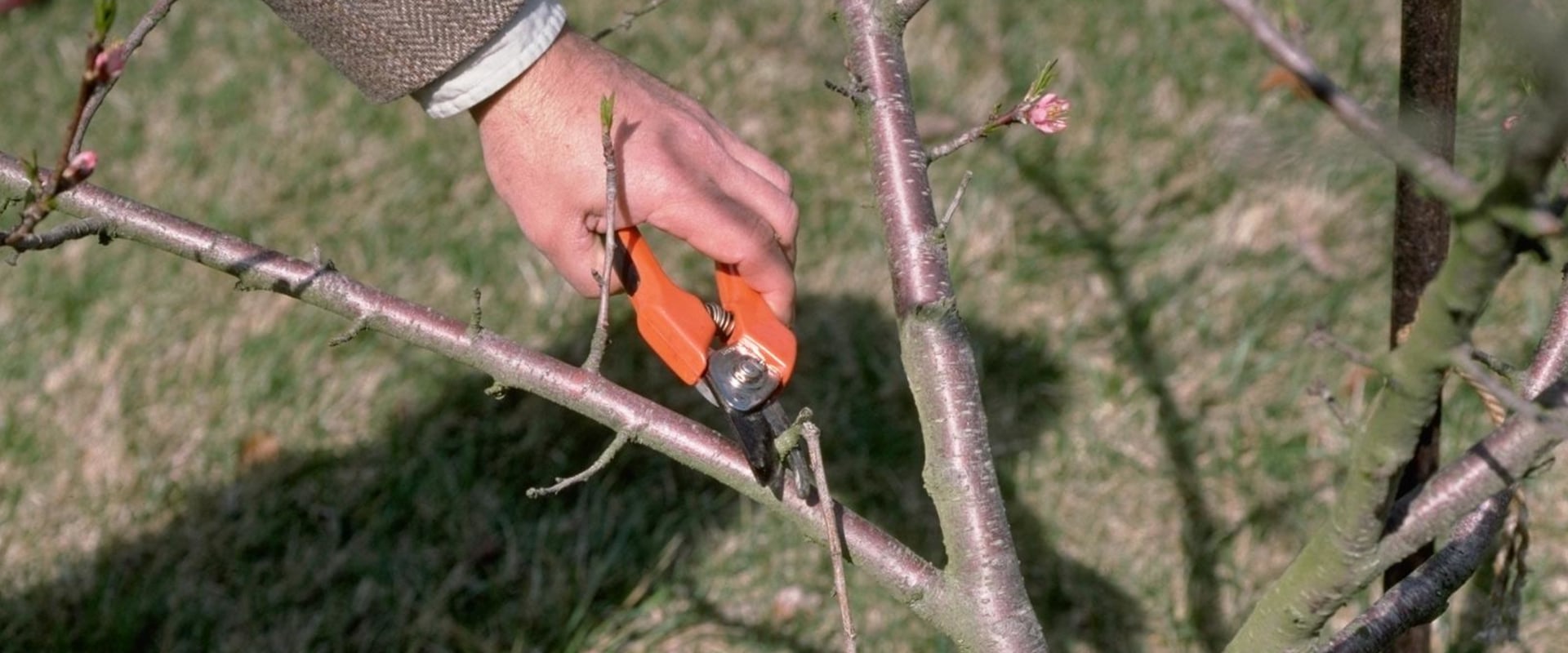
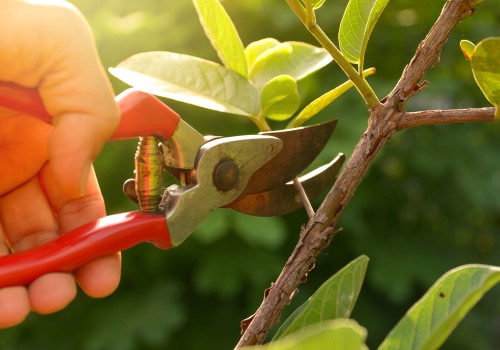
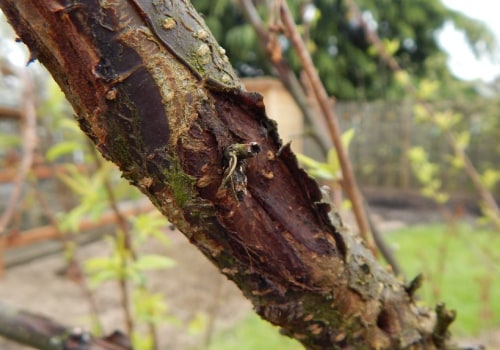
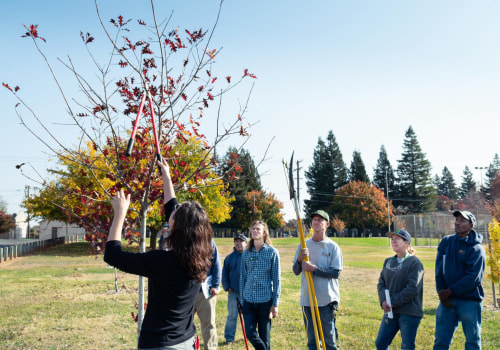
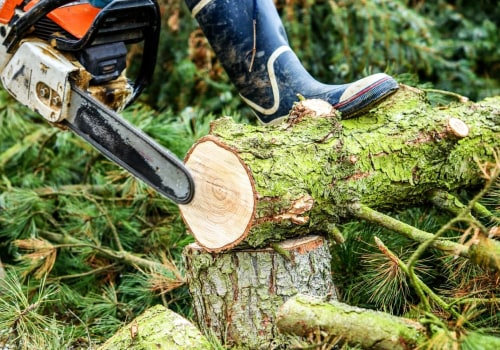
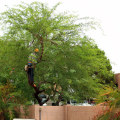

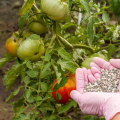
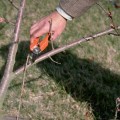
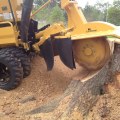
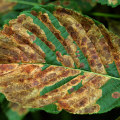
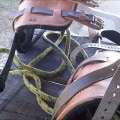
Leave Message